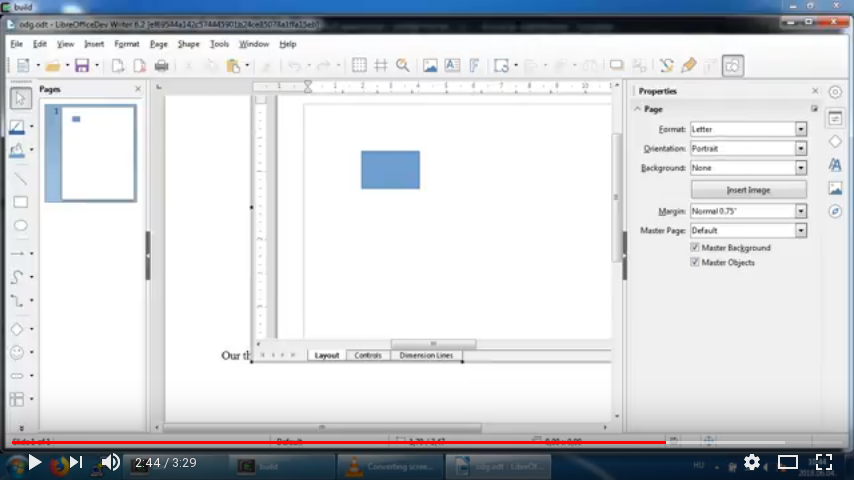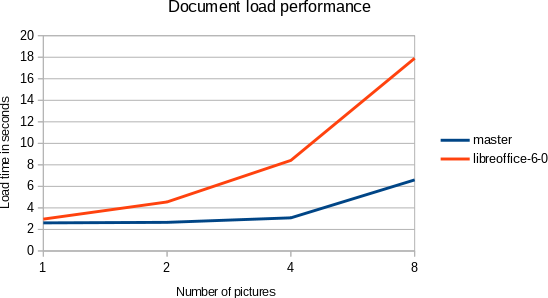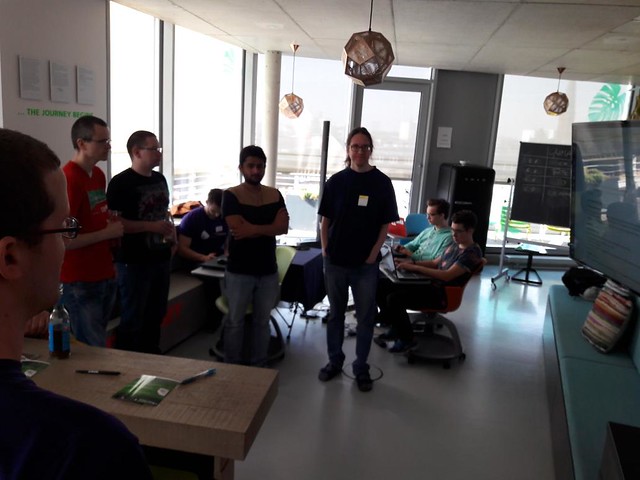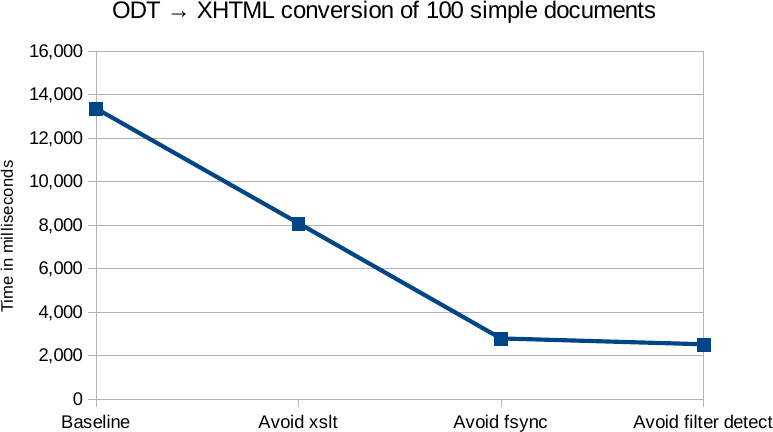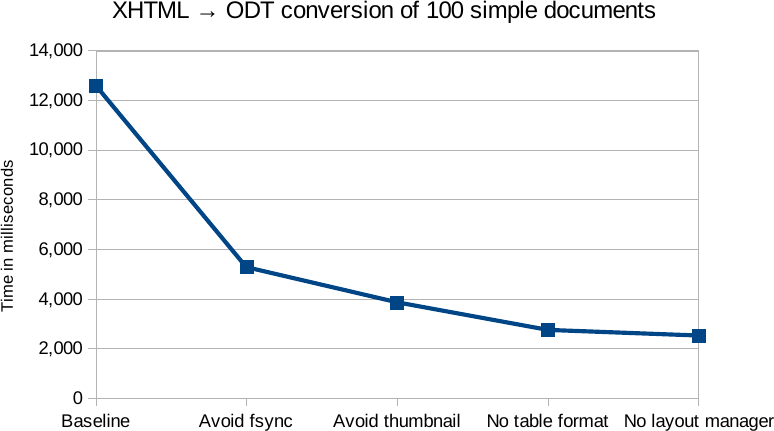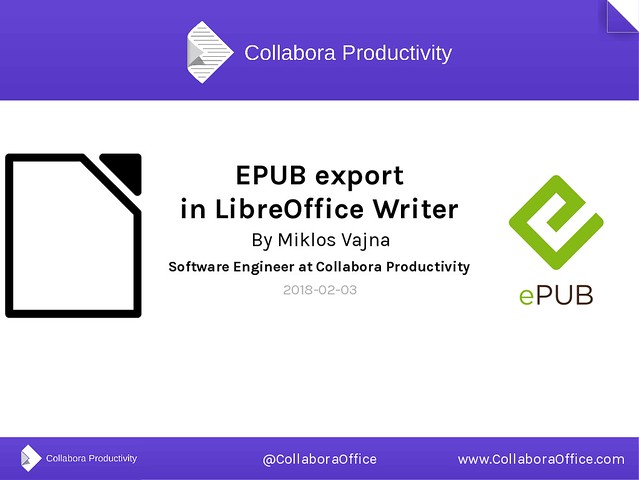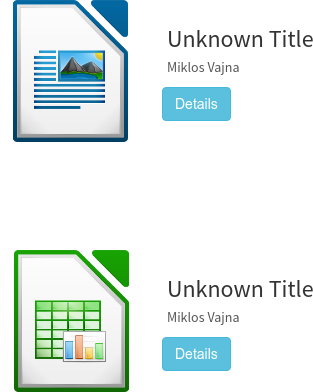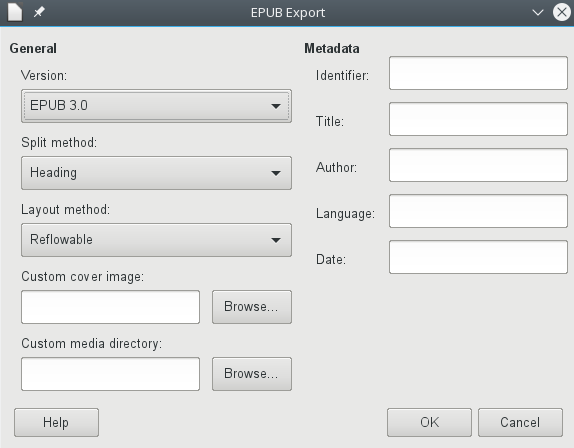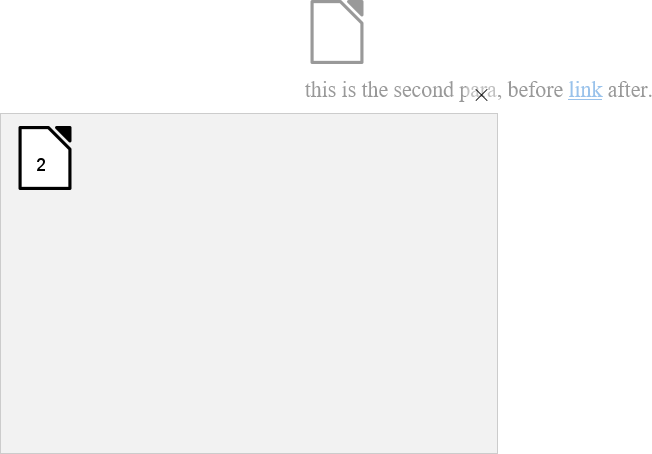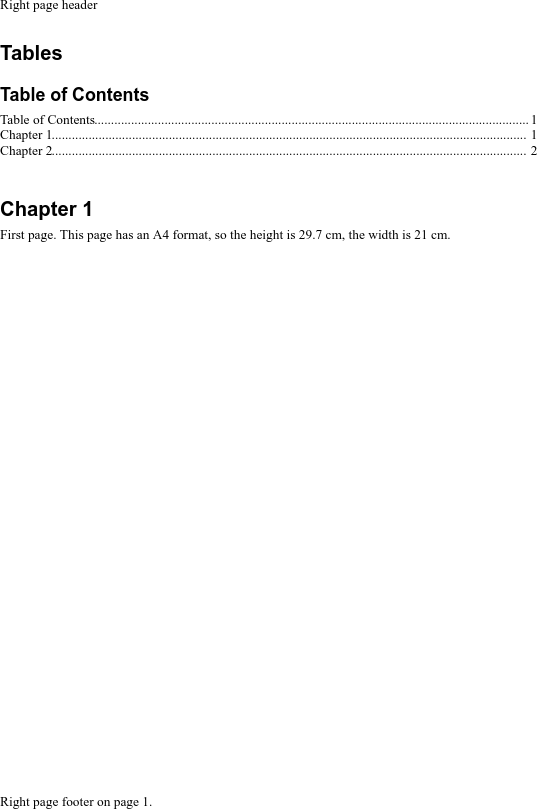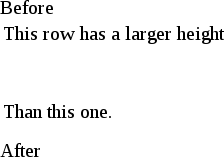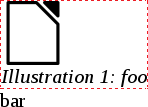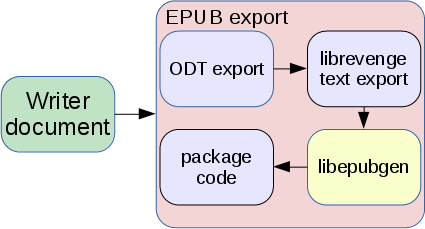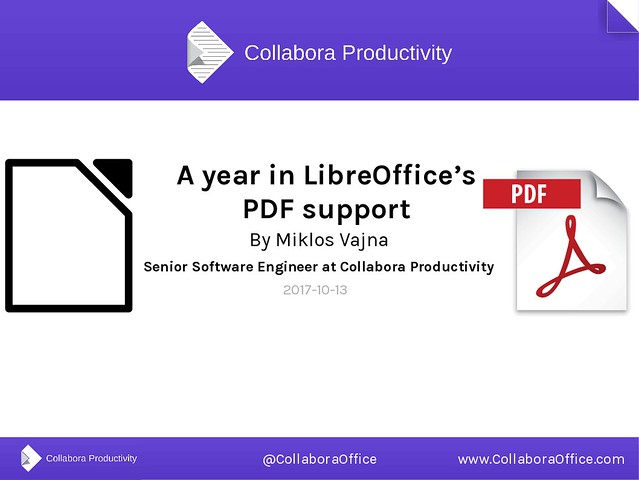Estimated read time: 2 minutes
I worked on a small feature to use Writer as an editor for the XHTML fragments inside Requirements Interchange Format (ReqIF) files. First, thanks to Vector for funding Collabora to make this possible.
Writer already supported XHTML import and export before (see my previous post) as a special mode of the HTML filter, this work builds on top of that. The main speciality around XHTML as used for fragments inside a ReqIF file is embedded objects.
The special mode to opt-in for ReqIF-XHTML behavior can actived like this:
-
during import:
--infilter="HTML (StarWriter):xhtmlns=reqif-xhtml" -
during export:
-convert-to "xhtml:HTML (StarWriter):xhtmlns=reqif-xhtml"
Three different cases are handled:
-
Image with native data we don’t understand and just preserve.
-
Image with OLE2 data, which we hand out to external applications (at least on Windows). On the above video this is an embedded PPSX file, handled by PowerPoint.
-
Image with ODF data, which we handle internally. This is a Draw document on the above video.
Regarding how it works, the import is a series of unwrapping containers till you get to the real data and the export is the opposite of this. Here are the layers:
-
Larger ReqIF files have the
.reqifzextension, and are ZIP files containing an XML file, having the XHTML fragments. This is not relevant for this post, as Writer assumes that extracting the XHTML fragment from ReqIF is done before you load the content into Writer. -
XHTML always has a PNG image for the object, and optionally it has RTF as native data for the object.
-
The RTF file is a fragment, containing just an embedded OLE1 container.
-
The OLE1 container is just a wrapper around the real OLE2 container.
-
The OLE2 container either has the data directly or MSO has a convention on how to include OOXML files in it (see the PPSX example above), and we handle that.
On export we do the opposite: save the file, put it into OLE2, then into OLE1, then into RTF, finally into XHTML.
There is no specification on how to put ODF files into OLE2, so I extracted the relevant code from LibreOffice’s binary MSO filters and now the Writer HTML filter uses that as well. This avoids code duplication and also could avoid inventing some new markup this way.
All this is available in master (towards LibreOffice 6.2), or you can grab a daily build and try it out right now. :-)
